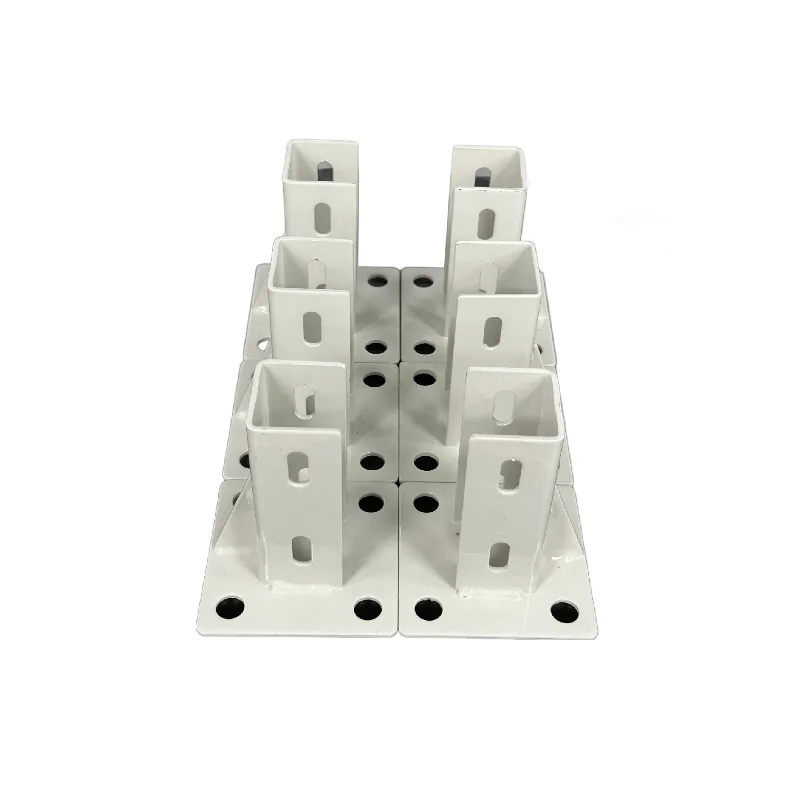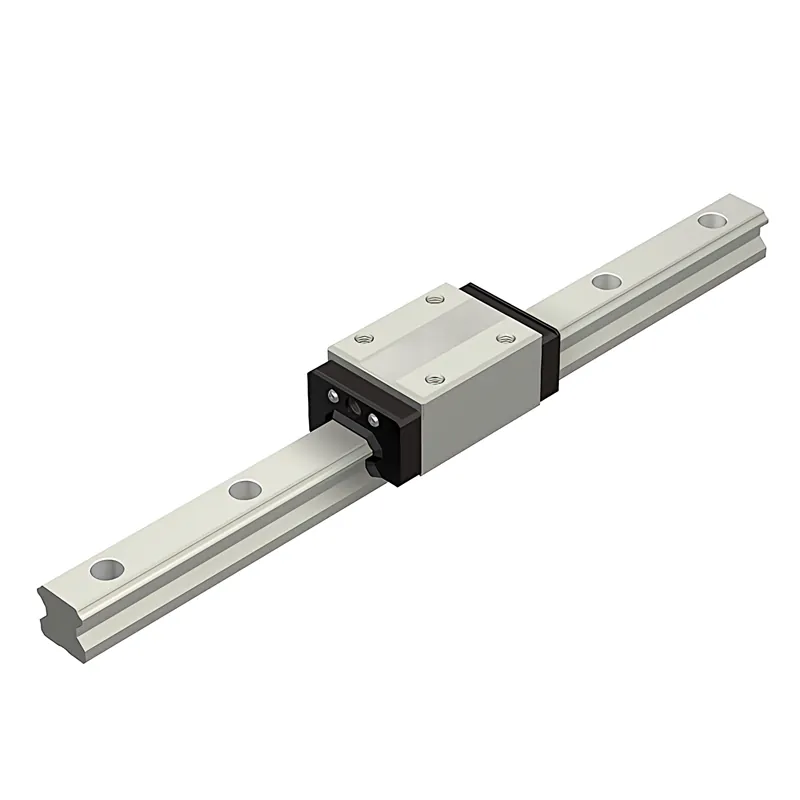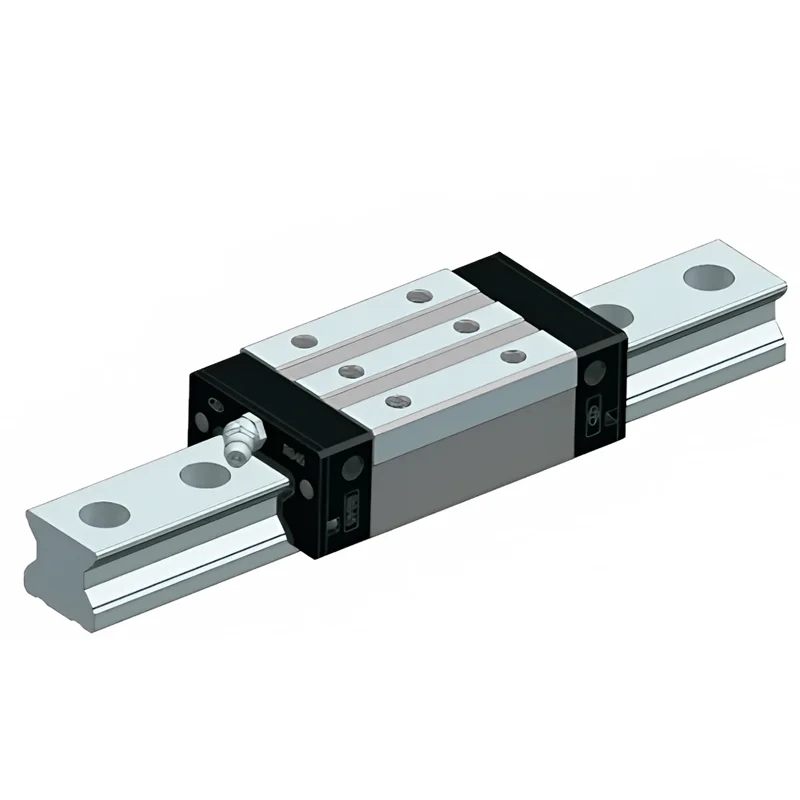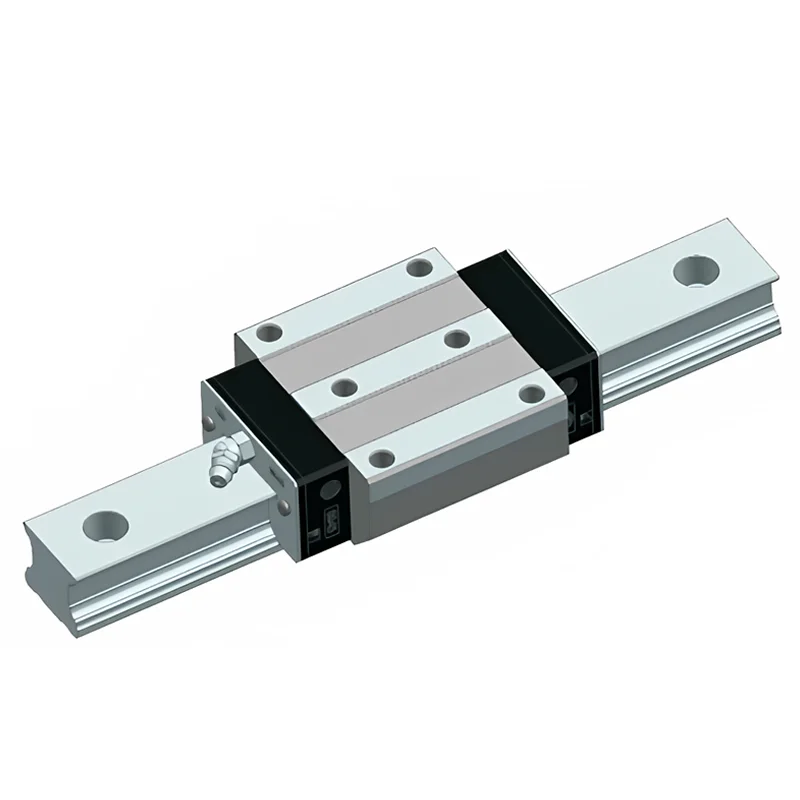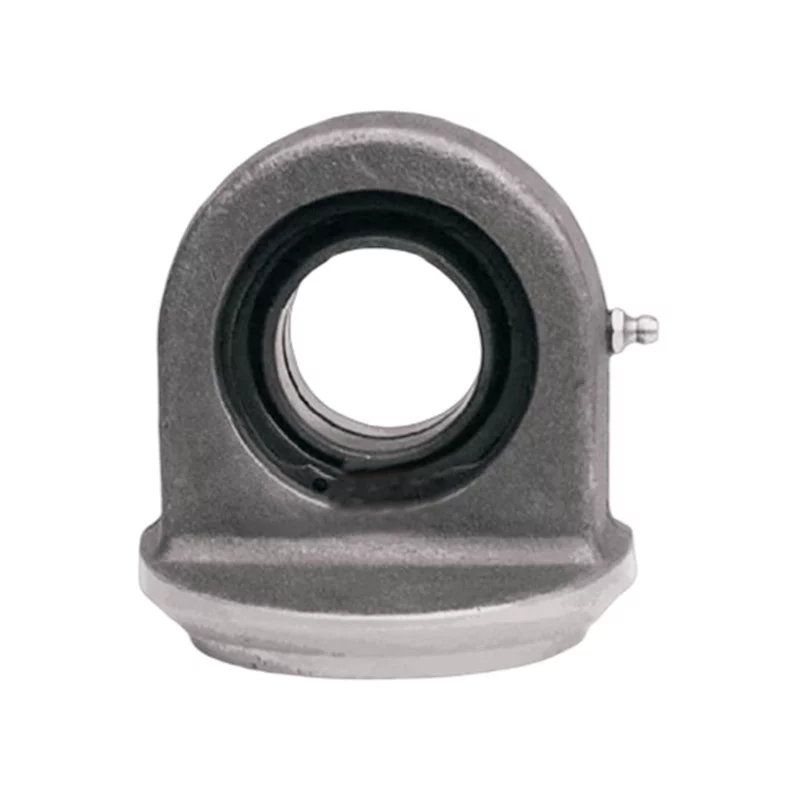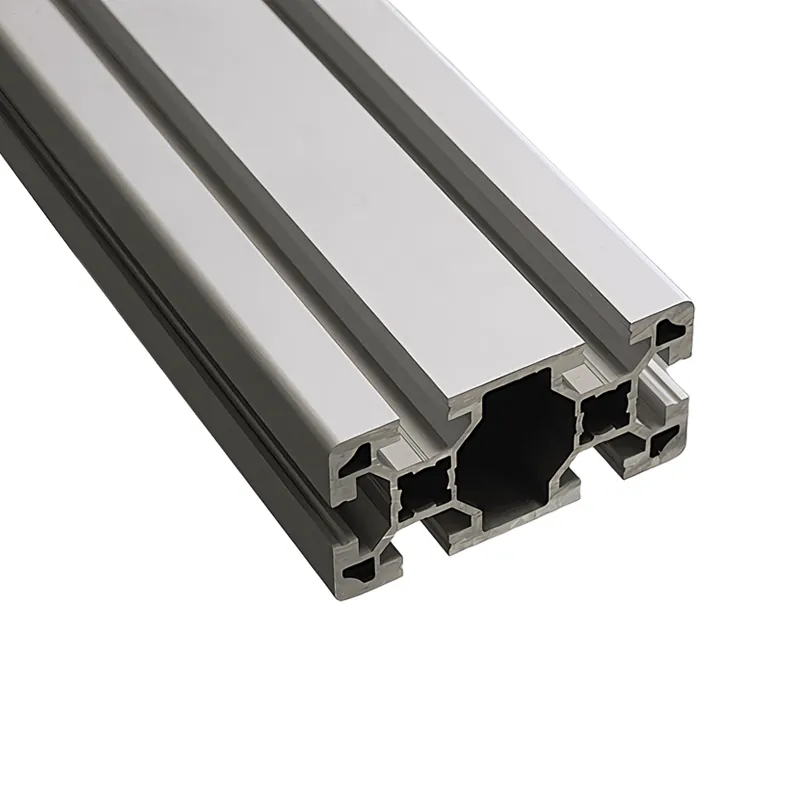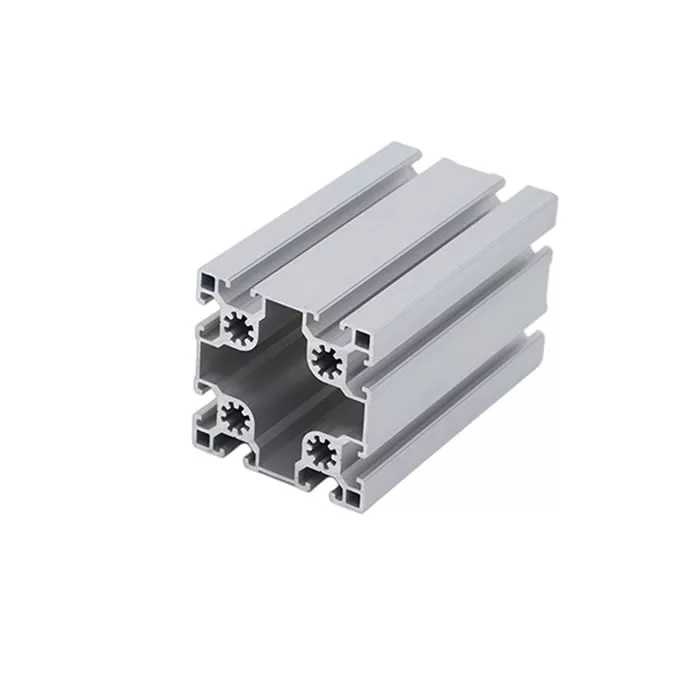The Purpose of the Base Plate in Scaffolding
Introduction
Scaffolding is an essential component in construction, providing workers with safe and stable platforms to perform their tasks at various heights. One critical element of scaffolding that often goes unnoticed but plays a pivotal role in ensuring safety and stability is the base plate. The base plate serves multiple purposes, each contributing to the overall integrity and functionality of the scaffolding system.
Stability and Load Distribution
The primary purpose of the base plate in scaffolding is to distribute the load evenly across the ground or supporting surface. Scaffolding structures are subjected to significant weights, including the weight of the scaffolding itself, workers, and materials. Without a base plate, the load would be concentrated on the ends of the vertical poles, which could lead to the poles sinking into softer surfaces or even collapsing. The base plate spreads the load over a larger area, reducing the pressure on any single point and thereby enhancing stability.
Protection of the Supporting Surface
In addition to distributing the load, the base plate also protects the surface on which the scaffolding is erected. Construction sites often have varied ground conditions, including soil, asphalt, or concrete. Direct contact of the scaffolding poles with these surfaces can cause damage, such as scratches, cracks, or sinking into softer grounds. Base plates act as a barrier, preventing direct contact and minimizing damage to the surface.
Alignment and Leveling
Another crucial function of the base plate is to aid in the alignment and leveling of the scaffolding structure. Base plates often come with adjustment mechanisms that allow for fine-tuning of the height and angle of the scaffolding poles. This is particularly important on uneven ground, where precise adjustments are necessary to ensure that the scaffolding remains level and secure. Proper alignment and leveling are essential for the safety of the workers and the structural integrity of the scaffolding.
Safety Enhancement
Safety is paramount in any construction project, and the base plate significantly contributes to this aspect. By providing a stable and level foundation, the base plate minimizes the risk of scaffolding collapse, which can lead to serious injuries or fatalities. Additionally, base plates with integrated anti-slip features further enhance safety by preventing unintended movements or shifts of the scaffolding poles.
Durability and Reusability
High-quality base plates are typically made from durable materials such as steel, which ensures their longevity and reusability. This durability means that base plates can withstand harsh construction environments and be used in multiple projects, making them a cost-effective component of the scaffolding system.
Conclusion
In conclusion, the base plate in scaffolding is a fundamental component that serves several critical functions. It ensures the stability and safety of the scaffolding by distributing loads evenly, protecting the supporting surface, aiding in alignment and leveling, and enhancing overall safety. The durability and reusability of base plates make them an invaluable part of any scaffolding setup. Recognizing and understanding the importance of base plates can lead to safer and more efficient construction practices.
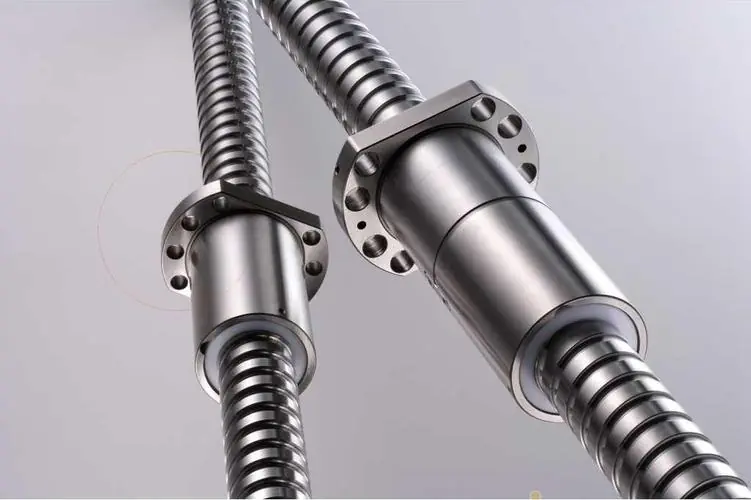 Why Precision Ball Screws are Vital for Industrial Automation and How to Choose the Right Supplier
Why Precision Ball Screws are Vital for Industrial Automation and How to Choose the Right Supplier
 SAIVS Linear Motion Ball Slide Units – Precision and Reliability for Your CNC Needs
SAIVS Linear Motion Ball Slide Units – Precision and Reliability for Your CNC Needs
 High - Quality T - Slot Aluminum Extrusion Profiles from Ningbo SAIVS Machinery Co., Ltd
High - Quality T - Slot Aluminum Extrusion Profiles from Ningbo SAIVS Machinery Co., Ltd
 Enhance Industrial Efficiency with Premium Cylinder End Bearings from SAIVS
Enhance Industrial Efficiency with Premium Cylinder End Bearings from SAIVS

